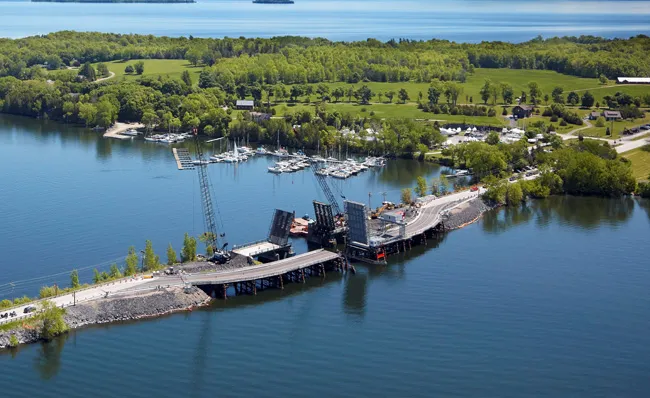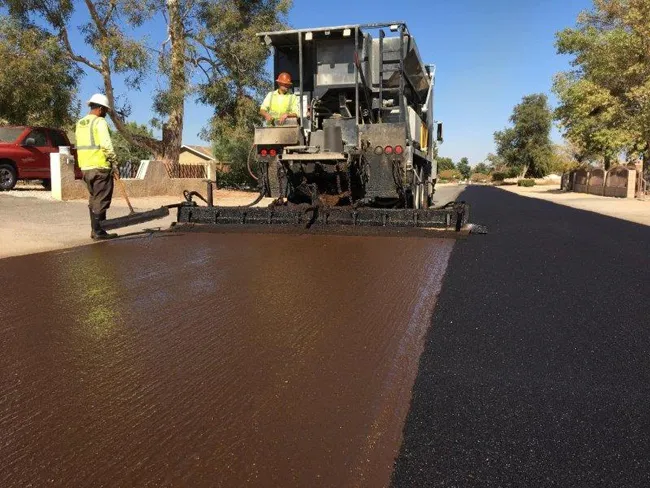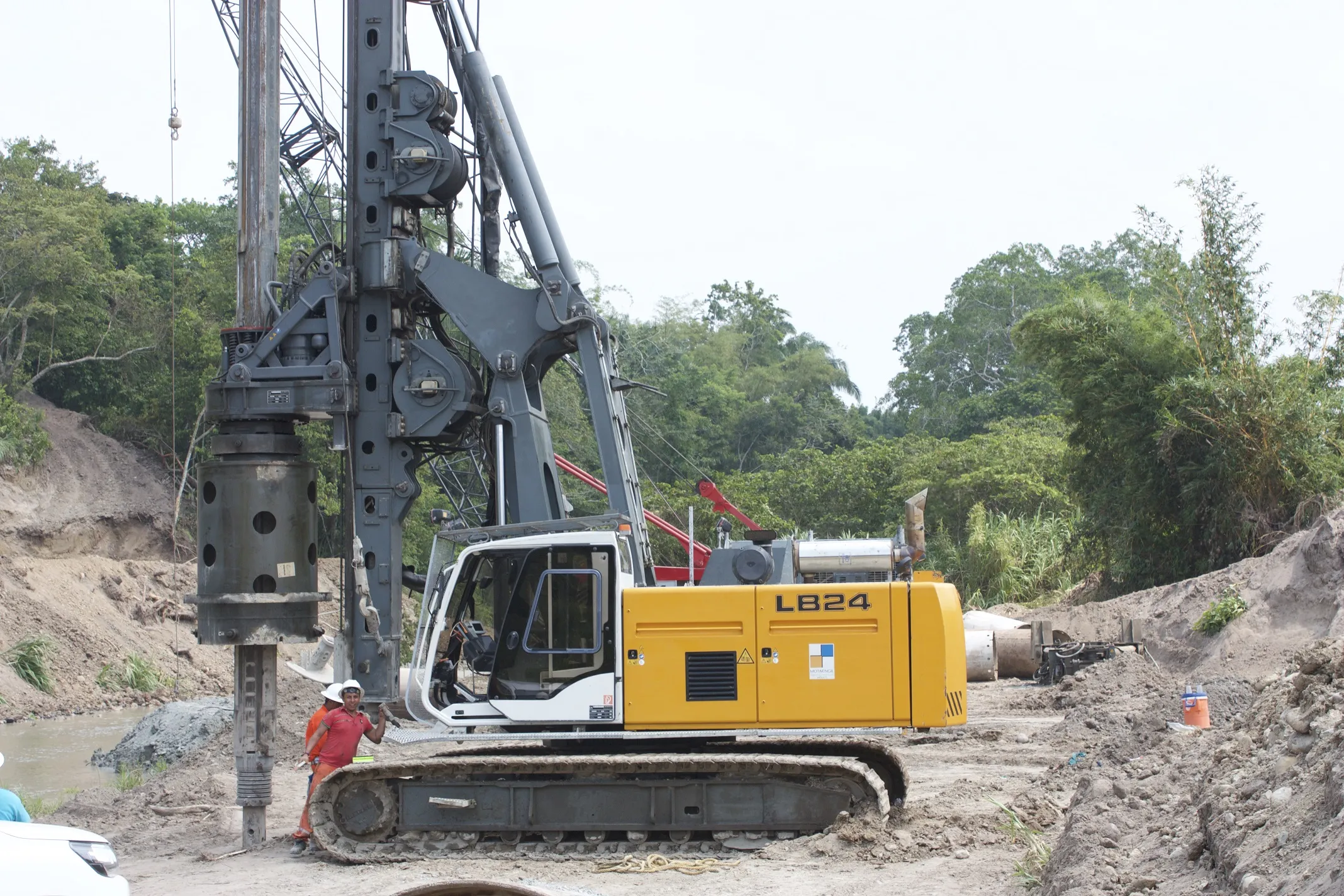
This modular steel bascule bridge is allowing transport to continue to and from the Lake Champlain island towns of North Hero and Grand Isle, Vermont. The bridge replacement work was needed due to an increasing number of costly emergency repairs over the last several decades. There had also been difficulty in sourcing parts for repairs.
Built in 1953, the bridge is located on US Route 2, the only connecting passage through the islands and a critical link south to the Vermont mainland. It carries 3,000 cars and trucks/day during the off-season and double that number during the summer and fall months. Without a span in place during construction, a detour of around 100km would result. In addition, the drawbridge allows for sailboats and large motor vessels to pass through the channel between Grand Isle and North Hero and is required by the
Contractors broke ground on the project in July 2018 and continued their work on Acrow’s bascule bridge throughout the winter ensuring a fully functional structure for the first required opening of the season on May 15th, 2019. When the new structure opened, the old bridge was raised for the last time and will be dismantled in the open position so vessel traffic will not be impacted.
The Acrow bridge is 9m wide to accommodate two lanes of traffic. The movable bascule span is 18m long and the back span is 21m long for an overall length of 40m. The back span also includes a pedestrian walkway to allow access to the control cabin. Acrow’s structure is currently scheduled to be in service until May 2021, when traffic will begin to use the new drawbridge. The project completion date is estimated to be 2022.
The project owner is VTrans, with Cianbro Corporation acting as CMGC (construction manager-general contractor) partner. Acrow designed the bascule span, the back span and the mechanical systems of the rental structure, with temporary approach spans design and project engineering by Cianbro. HDR engineering was engaged as a consultant to VTrans.
“After a number of years of preliminary planning by VTrans, the design process was addressed in a deliberate and collaborative manner so that the bridge opening deadline was successfully met in order to commence the new navigation season,” said Randy Needham, New England regional manager at Acrow. “It has been a pleasure to be a part of this important project, and know that our solution is believed to have cut down on the overall project timeline by a year.”









